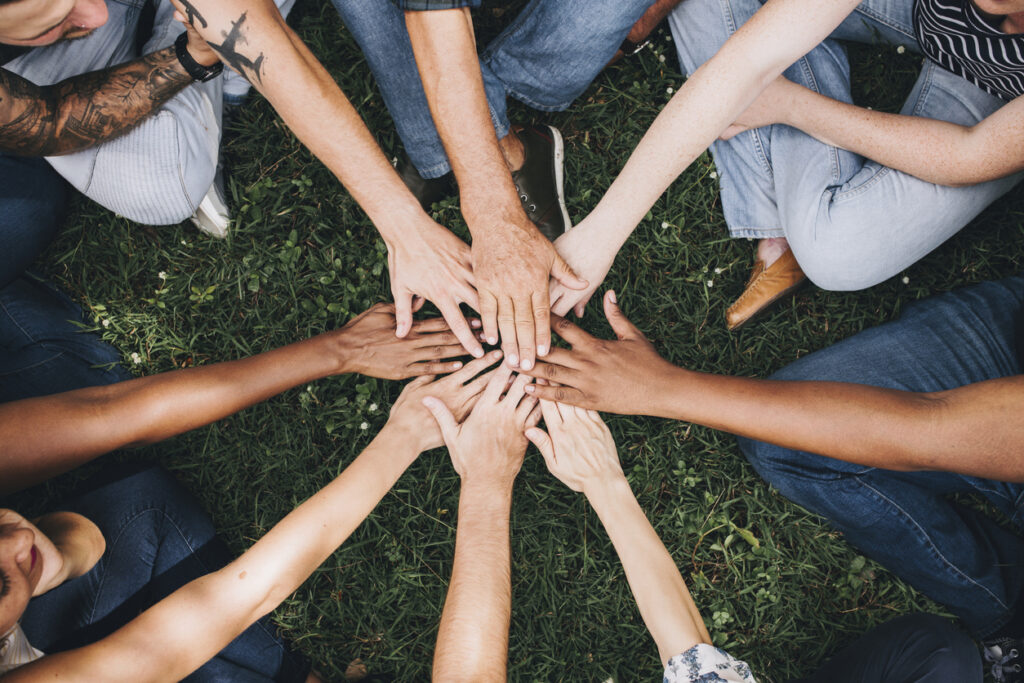It has often been pointed out that unconscious bias training doesn’t work, and this is indeed the case when training is just used to point out human fallibility. On the other hand, when it’s used to change the organisation’s culture, it can be very effective. In other words, if you just draw people’s attention to the existence of unconscious bias, and how it makes them treat some people better than others, they will think about it for a little bit – perhaps feel guilty for a while – and then settle right back into old behaviours.
Change the organisation, however, and you can slowly change people. In a lot of organisations, you can now find gender-neutral toilets. This change of behaviour also challenges many people’s unconscious bias, while letting them know what the culture views as normal.
Corporate social responsibility can also have a long reach, and if done right, can have a long-term benefit both to society and the business
The reason it works is because it means challenging the status quo, and bringing systemic structures that were previously invisible to the privileged into the light. What is invisible to the privileged is often clearly apparent to the non-privileged or under-privileged, and by bringing it into the consciousness of the former, it can be addressed for the benefit of all.
This correction is social responsibility, and as such, it is the opposite of structural inequality, and the cure for it.
In my view, therefore, an organisation that wants to be socially responsible needs to make this its focus: to consciously identify the invisible systemic/organisational structure of the privileged, deciding which parts are fit for purpose, and which no longer represent our society morally and ethically. Evolving that last bit is the work of the socially responsible company.
How to become a socially responsible organisation
There are so many great examples of this. The publication of gender and ethnicity pay gaps is part of going through this process of making the invisible visible, so that they can be challenged concretely.
Other examples include B corporations (that balance purpose and profit, by thinking about their impact on people, society and the planet). A recent McKinsey article explained: “after Europe’s 2013 horsemeat scandal, Marks & Spencer made all its beef products completely traceable. The retailer can track the origin of a single beef patty with such detail that it can name the breed, age, and even the specific cow and farm of origin”.
Corporate social responsibility can also have a long reach, and if done right, can have a long-term benefit both to society and the business. You might think the cost of housing has little to do with your day-to-day HR responsibilities – but if you want a diverse workforce, it’s worth knowing that impact of housing costs increases to around 11 percentage points for BAME groups, raising the poverty rate from 23% on the BHC [before housing costs] measure to 34% on the AHC [after housing costs] measure. Consider using corporate social responsibility measures to challenge societal inequity, and there will be short and long-term benefits for many individuals and for our society as a whole.
The way that we have treated the environment also used to be a bit more invisible. It is now becoming more visible, and that visibility brings with it a greater number of people who want to address it. Aveda, for example, has closely linked its CSR with the environment, which is consistent with its branding. Its headquarters in Minnesota is home to over 100,000 bees.
[cm_form form_id=’cm_65a14c3f5da64′]
Changing your culture
These kinds of changes to the fabric of an organisation’s culture are easier than changing individuals and more sensible as well. People leave after a while, and so you’d always have to start over, if your goal is just to de-bias individuals.
Change your culture and how your organisation makes decisions, however, and your efforts at de-biasing will be more effective and have a much longer lasting impact. In this way, social responsibility is win/win. Like all things related to unconscious bias, however, it has to be thought through carefully and conscientiously.
Here are my practical tips:
- Look at the small steps you can take to make your workplace more equitable – whether that’s an all-gender toilet or thinking about how to resolve the gender and ethnicity pay gaps – you have to start somewhere.
- Look at your corporate social responsibility. Are you supporting something related to your organisational goals? Will it contribute to improving our company ethically and morally? Who does it ultimately impact and help?
If you’re interested in learning more about unconscious bias and systemic inequality (and how you can challenge it), I have a very short book on the topic, and an online course.
Want to read more about this topic? Check out Unconscious bias: how systemic inequality is destroying employee wellbeing.






